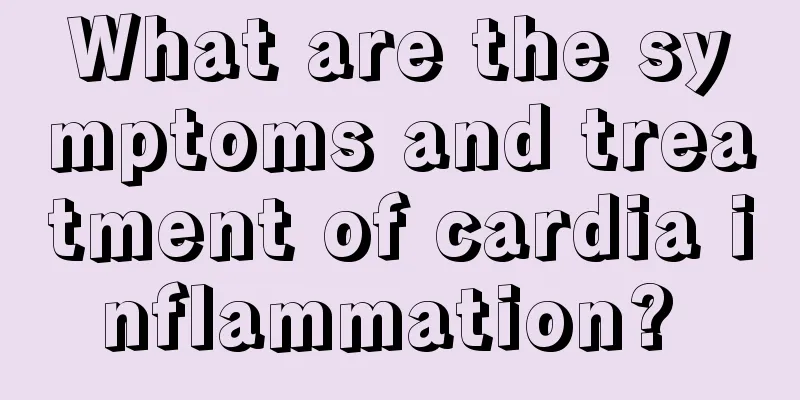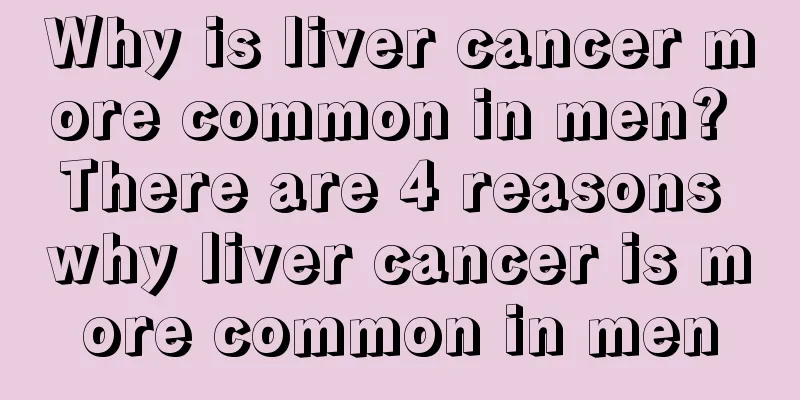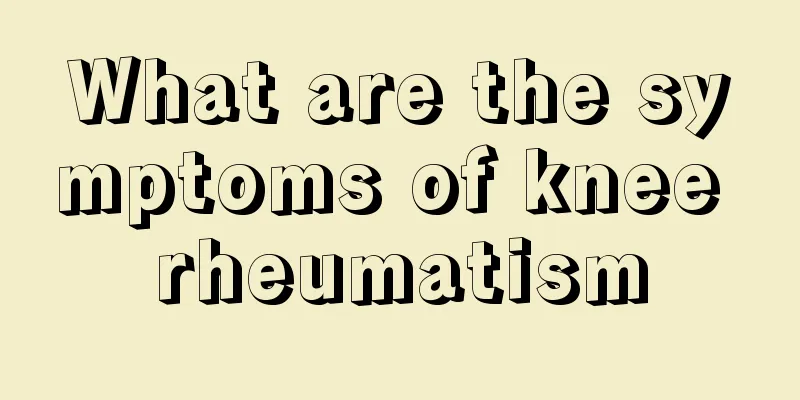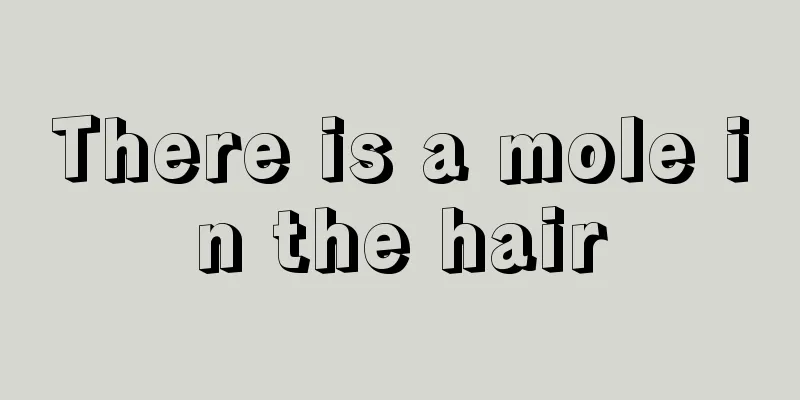What is vanillin
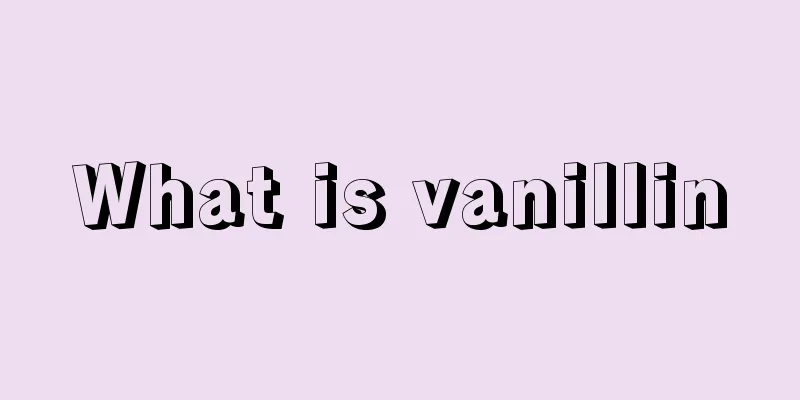
|
Vanillin has a good flavoring effect. It will not cause any harm to the human body and has been used in many industries. For example, vanillin is used in many industries such as our common food, daily chemicals, tobacco, etc. Vanillin also has a good aroma-fixing effect. Some beverages and candies contain a small amount of it. If you don’t know enough about vanillin, let me tell you what vanillin is. First, what is vanillin? Vanillin is an aromatic organic compound with a wide range of uses. Its scientific name is 4-hydroxy-3-methoxybenzaldehyde, also known as vanillin and vanillic aldehyde. It exists naturally in vanilla beans. Vanilla pods are used as edible spices. The natural vanillin extracted from vanilla beans has a low content and is very expensive. In order to meet market demand, vanillin, which was synthesized using o-methoxyphenol and other raw materials and had exactly the same natural structure, appeared in the 19th century. Simply put, it is a spice and food additive. Second, can vanillin be added to infant formula? According to the provisions of my country's current "National Food Safety Standard for the Use of Food Additives" (GB2760-2014), except for the list of foods that are not allowed to add food spices and flavors and the maximum usage amounts specified in older infant and toddler formula and infant cereal-based complementary foods (the maximum usage amount of vanillin in older infant and toddler formula is 5 mg/100 mL, and the maximum usage amount of vanillin in infant cereal-based complementary foods is 7 mg/100 g), food spices and flavors may be used in appropriate amounts in various foods according to production needs, except as otherwise provided by laws, regulations and safety standards. Third, as a food additive, vanillin has undergone standardized and scientific food safety risk assessments, and will not cause harm to human health if used in accordance with relevant standards. Reasonable use of food additives will not cause harm to human health. The Joint Expert Committee on Food Additives (JECFA) of the World Health Organization and the Food and Agriculture Organization of the United Nations (WHO/FAO) evaluated the safety of vanillin and not only allowed its use in food but also established relevant quality specifications. Foods containing food additives permitted by law will not harm human health, and food additives that have been approved for use have all undergone safety evaluations. |
<<: The difference between Dongpo pork and braised pork
>>: What does fundus examination mainly check?
Recommend
What are the hazards of rat urine to humans?
Speaking of mice, I believe everyone is familiar ...
What are the precautions for preventing liver cancer? To prevent liver cancer, remember these 4 things to eat and 4 things not to eat
Liver cancer is the most common "health kill...
How to remove body coldness
I believe everyone is familiar with cold air. The...
Who can't eat walnuts
Walnut is a kind of nut we often eat. It has high...
How to treat hair growing on birthmark
The birthmark itself has a very negative impact o...
Good eating habits keep stomach cancer out of the door
Due to the current stress of life and irregular d...
What are the dietary prevention measures for patients with esophageal cancer?
Esophageal cancer is a common tumor. The incidenc...
What are the locations and characteristics of stomach cancer pain?
What are the locations and characteristics of gas...
What are the symptoms of advanced lymphoma
Lymphoma can be divided into several different st...
Is kidney cancer hereditary? What are the common hazards of kidney cancer?
Kidney cancer may be inherited, but it is not nec...
Can I use ice cubes to treat facial allergies?
When patients come into contact with allergens th...
Identifying Sulfur Bananas
Bananas are not found in the north, so most banan...
Eating sweet potatoes regularly helps prevent ovarian cancer
Sweet potatoes topped the list of 20 anti-cancer ...
What are the causes of early tongue cancer
Chinese people often say to eat while it's ho...
What is the best way to take care of your eyes?
The eyes are the windows to the soul, but in rece...
